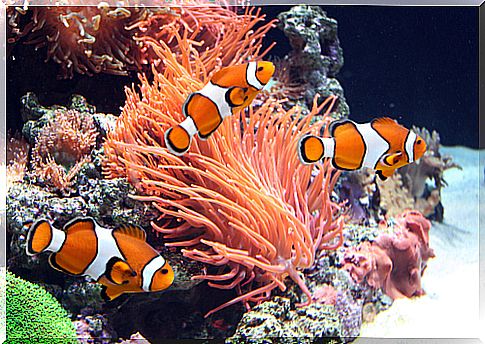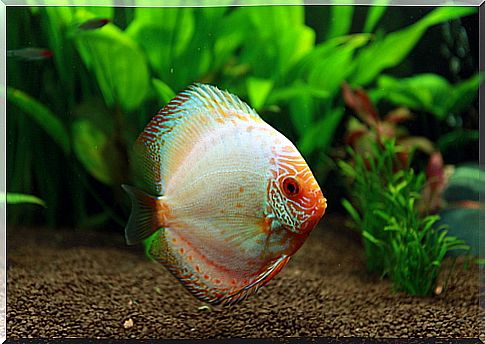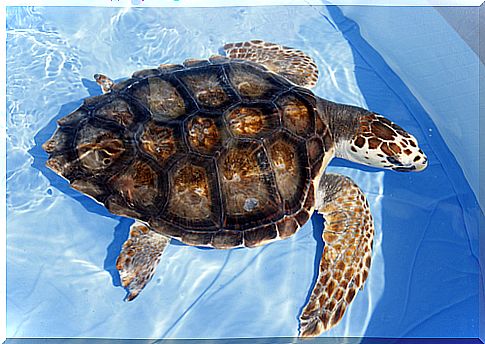Filtering Systems For Your Aquarium

Aquarium filtration systems are one of the most important pieces of equipment, as filters are essential for you to maintain a clean and healthy environment for your fish. Without a filtration system for the water, it would be almost impossible for you to keep your tropical fish alive, that is why the choice of this piece must be done carefully.
Perhaps many times, due to the myriad of options to choose from, the task can be somewhat daunting, overwhelming, and confusing. Here are some tips for you to consider the best filter systems for your aquarium.
Types of filtering for your aquarium

When choosing a filtering system for your fish’s aquarium, you will find different types. One of them is mechanical filtering. This filtering process removes debris and particles present in the aquarium, passing water from the tank through the foam or some other type of spongy material, which traps the dirt before entering again. The foam is replaced on a regular basis to maintain the efficiency of the filter system.
Biological filtration is another of the processes. Allows dangerous chemicals and toxins to be flushed out of the tank. Biological filtration involves the cultivation of a colony of beneficial bacteria, which establish and then maintain the nitrogen cycle (the cycle through which ammonia – the waste breakdown product – is converted into a less harmful substance that can then be removed from the tank, through water changes).
Another process is chemical filtration. Dissolves and removes waste from water through activated carbon. Activated carbon is extremely porous and when water flows, it is removed. Activated charcoal can also remove odors and ammonia from tank water. Including chemical filtration in the tank is a much easier and more efficient option.
Almost all filtration systems will use mechanical and biological processes. In addition, most of them can add a chemical filtration unit. Choosing the right filtration system generally depends on the size of your aquarium, your budget, and the specific filtration needs of your fish and plants.
Filter types

– Box filters: They are one of the least expensive options and work very well for small tanks that contain few fish. As the name implies, they are placed in a corner of the tank. They work with a diffuser that pushes the air through a tube, which drives the water to a filter that purifies the water mechanically. This filter is not recommended for hobbyists who want a natural and aesthetically pleasing aquarium.
– Gravel filter: this alternative is also quite inexpensive. It is placed under the gravel or substrate of your aquarium. An air pump pushes the water through the gravel, which acts as an excellent biological filter. The only disadvantage is that being a mechanical filter, over time, it tends to clog. To avoid clogging, it is recommended to regularly vacuum the floor of your aquarium to eliminate the accumulation of particles. This is a suitable option if you are a hobbyist who does not want to continually replace filter components.
– Sponge Filters : Although not recommended as a primary filtration system, they are effective. They are simple and inexpensive units. A porous sponge collects debris and bacteria. It works very well in aquariums that house small fish.
– Power filters. They are the most used system. They provide excellent mechanical, biological and chemical filtration. They use a camera that hangs on the back of the aquarium and an inlet tube that goes into the tank. The tube draws water through the chamber, passing it through a chemical filter cartridge and then through a biological sponge. There are many different size power filters available, they are quite cheap, very easy to maintain, and a great option for most hobbyists.
– Dry Filters: It has become more popular with freshwater hobbyists. They generally have a rectangular tank that is divided into two sections, the wet-dry compartment and the sump compartment. This option is perfect for large aquariums.
– Flask filters: used in larger tanks, as they can filter large amounts of water quickly. They are placed under the aquarium, therefore they are out of sight. They require more maintenance than other filters and are more expensive than other units. However, if you have a larger tank or are trying to achieve a completely natural look, this filtration system is probably what you need for your fish.









